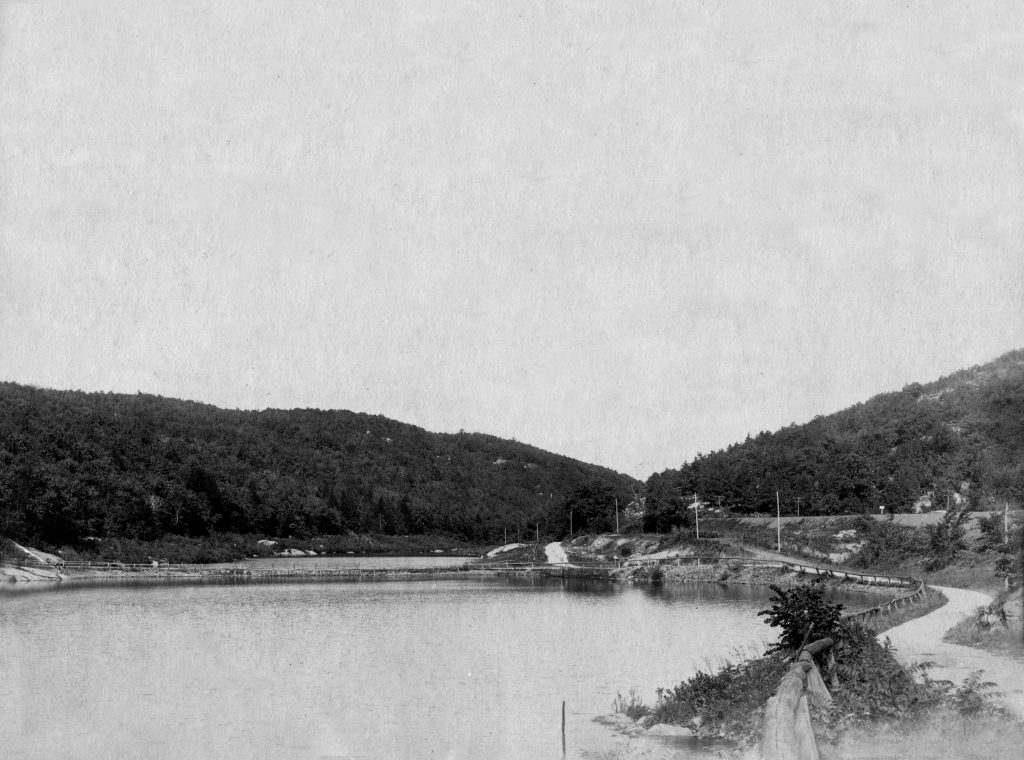Majestically standing on Union Valley Road since the day she opened her doors to the public in 1903, Idylease remains one of Newfoundland’s most beautiful and impressive structures.
For over 25 years Richard Zampella has envisioned an opportunity to celebrate the history and future of the land that he grew up on in Newfoundland, NJ. Consistent with the wishes of his late father, Dr. Arthur Zampella, the property along with it’s historic structure is finally under the stewardship of his son Richard.
I hope you enjoy this tribute to this historic landmark and to my father, Arthur Zampella, M.D.
This footage was filmed over the course of several days over the skies of Idylease. Photographed and Edited by filmmaker Richard Zampella — The video makes use of a DJI Phantom Drone with a Zenmuse 3-D Gimbal and the GoPro HERO 4 Camera.
For more info about Idylease, visit: http://www.idylease.org


